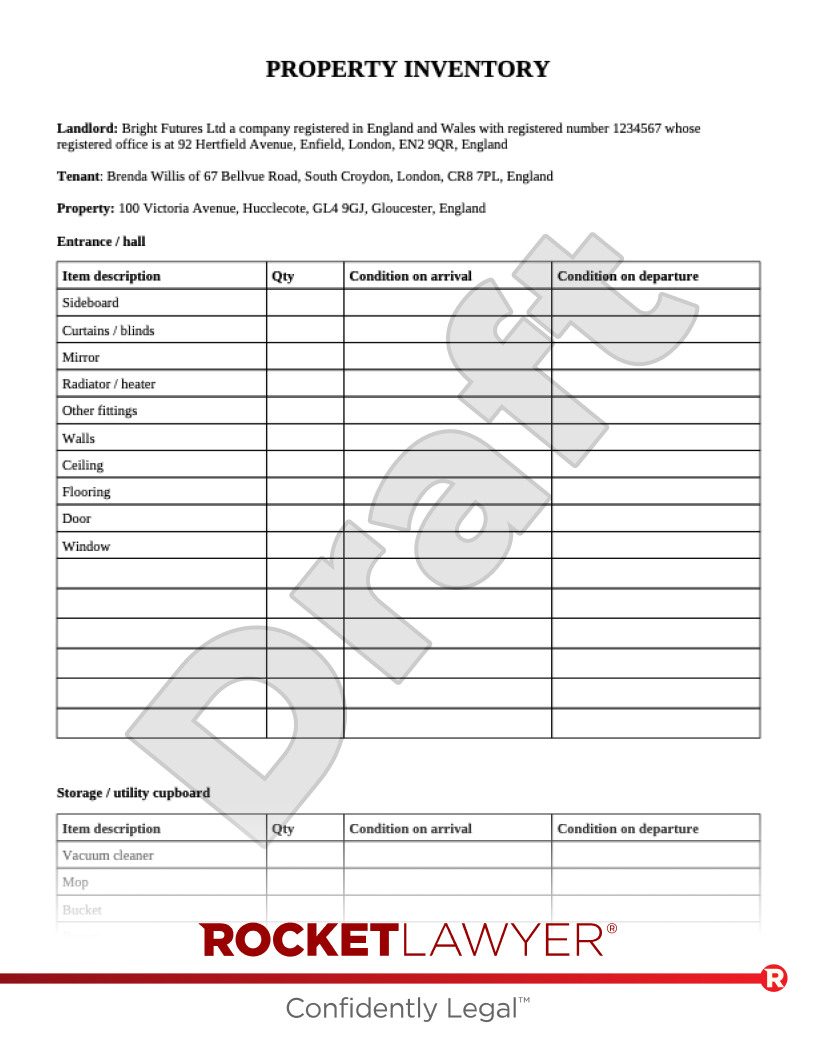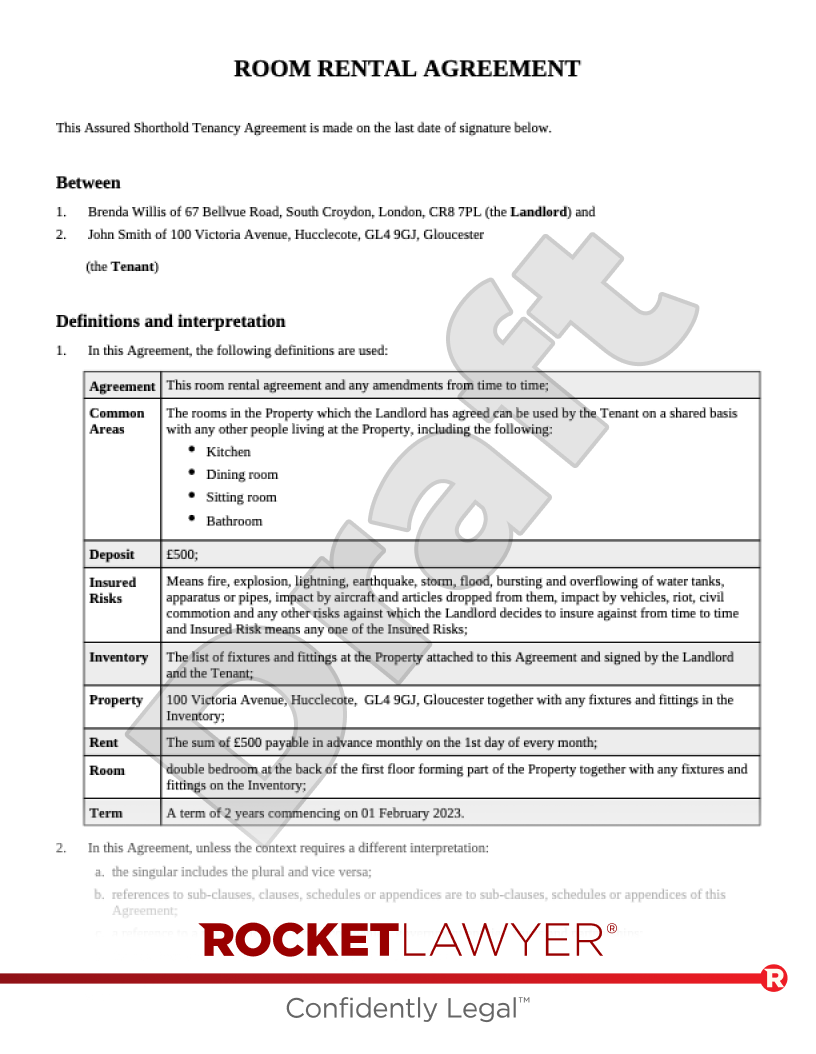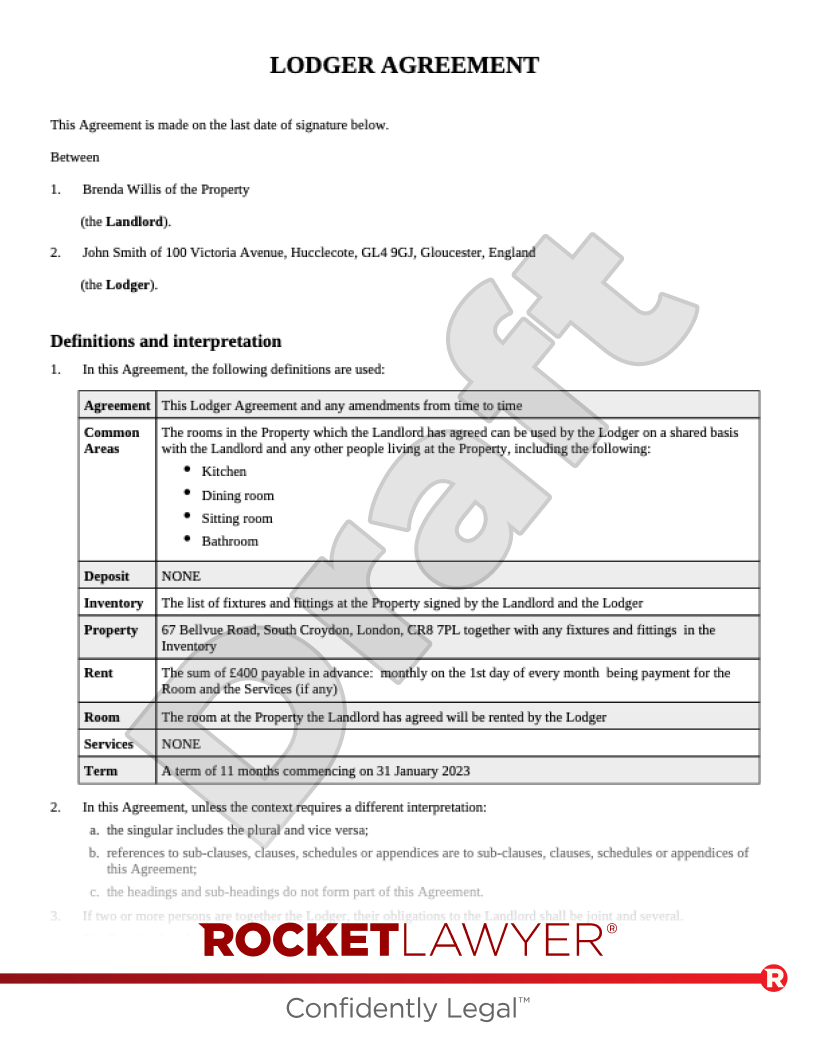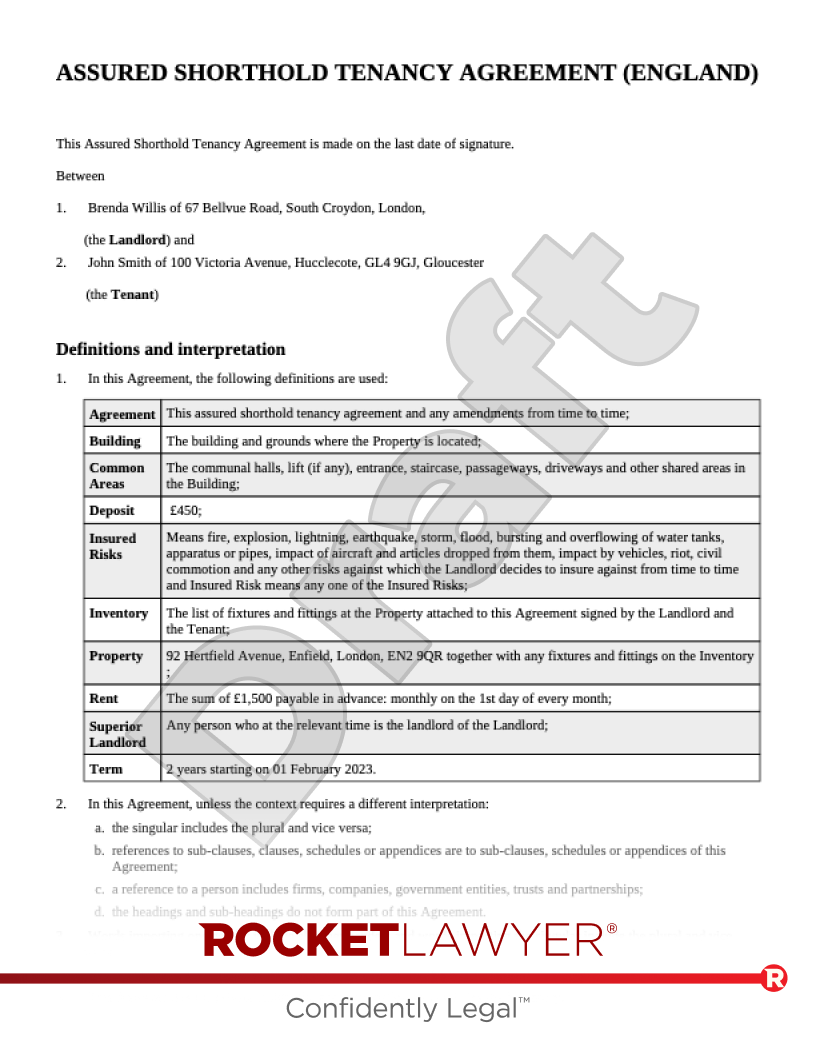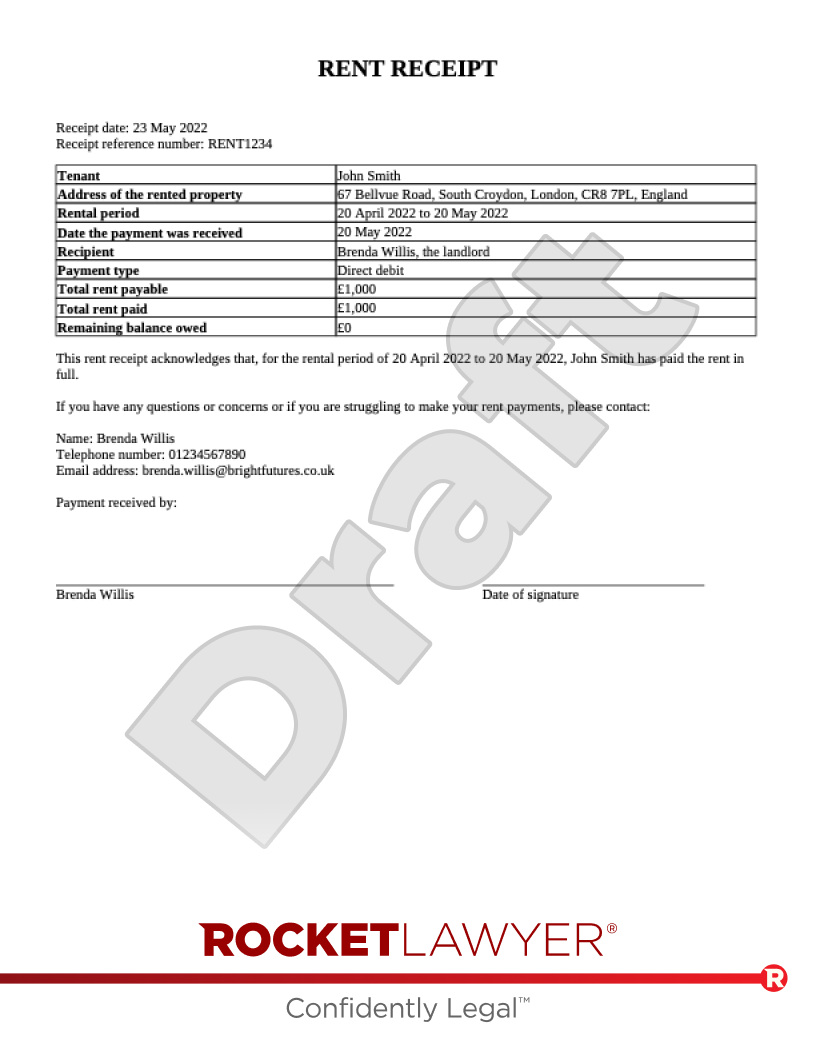OTHER NAMES
Property inventory
Rental inventory
Property inventory report
Inventory report
What is an Inventory?
An Inventory is a detailed list of all of the items in a property that a landlord and tenant can use to record the state and condition of each item. Inventories are used to record and agree on the condition of items in a rented property to minimise misunderstandings in the future to the benefit of both landlord and tenant (which, unless otherwise specified, includes ‘contract holders’ in Wales).
When should I use an Inventory?
Use this Inventory:
- when you want to let out a house or a flat
- to record the condition of items within the property
- when the property is furnished or unfurnished
- when the property has up to 2 reception rooms, 4 bedrooms and 2 bathrooms
- for properties in England, Wales or Scotland




